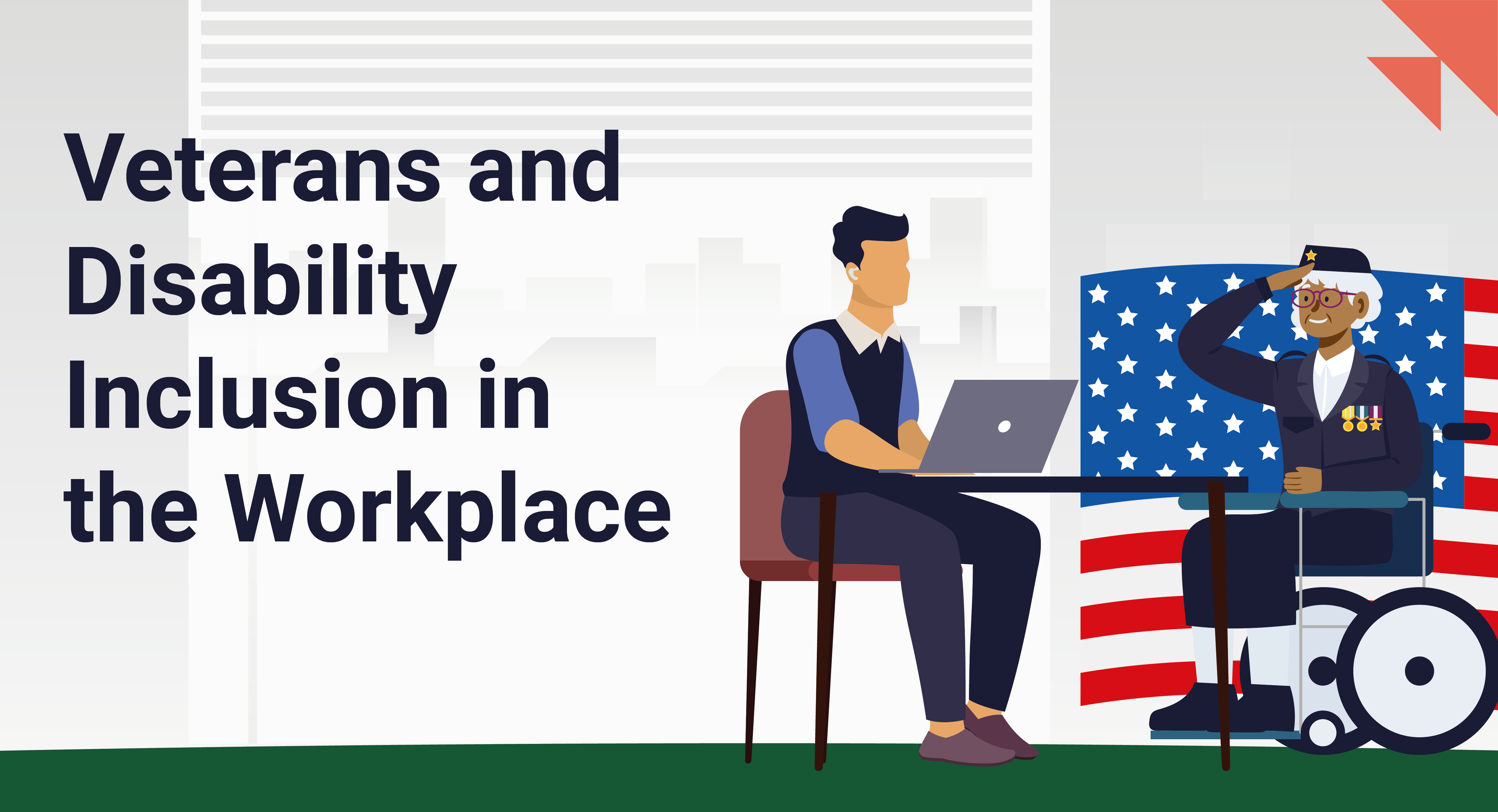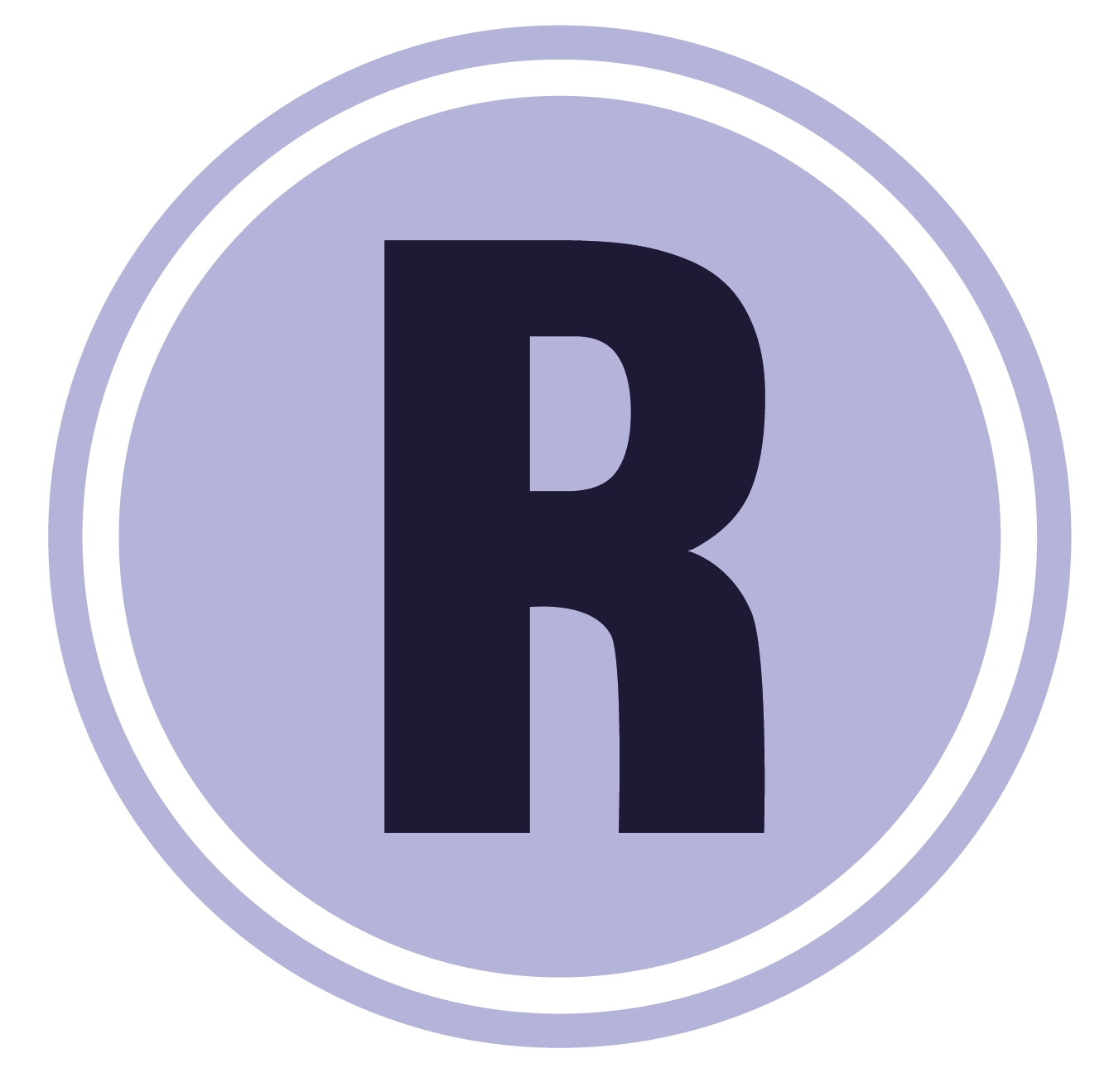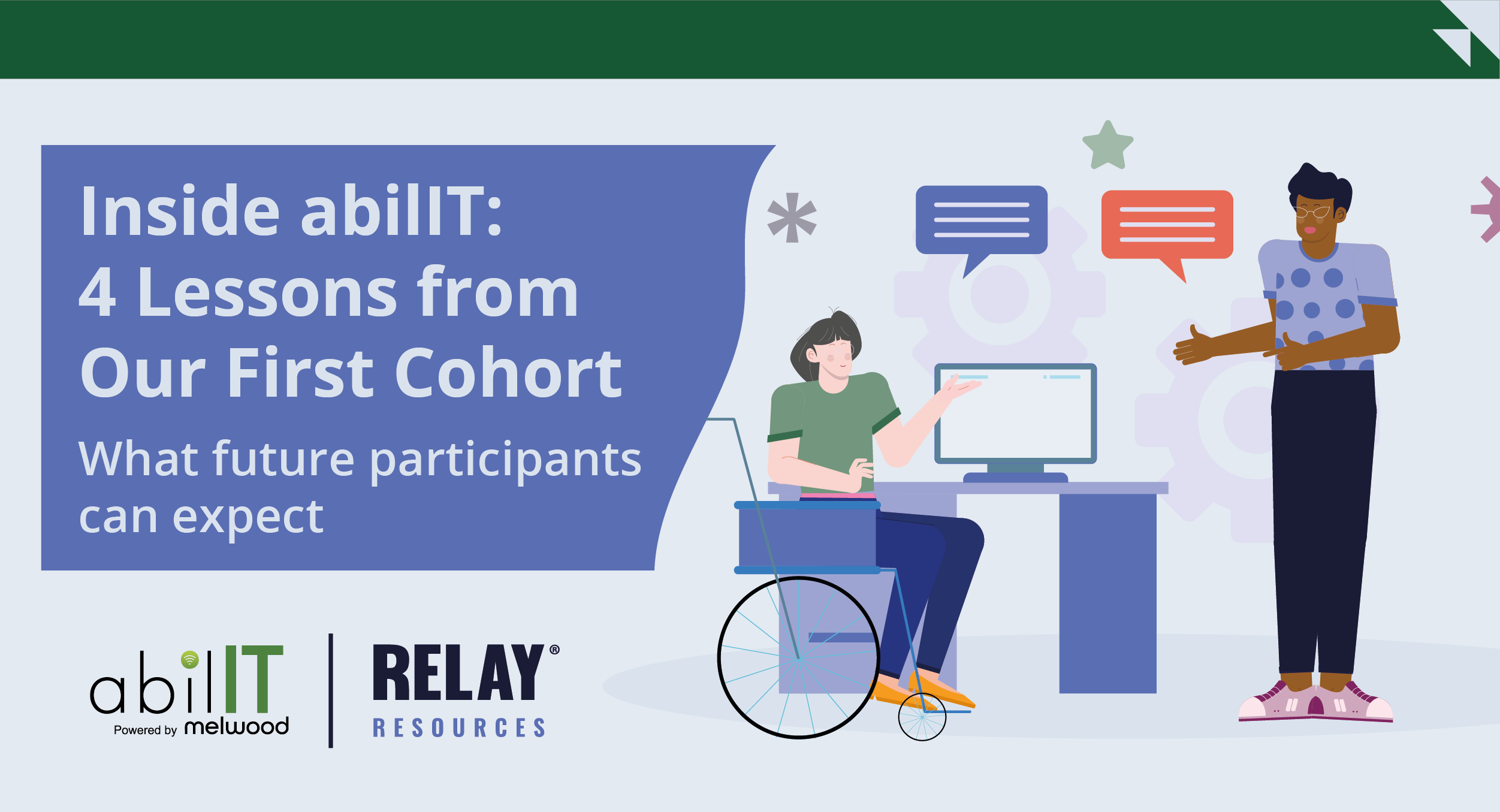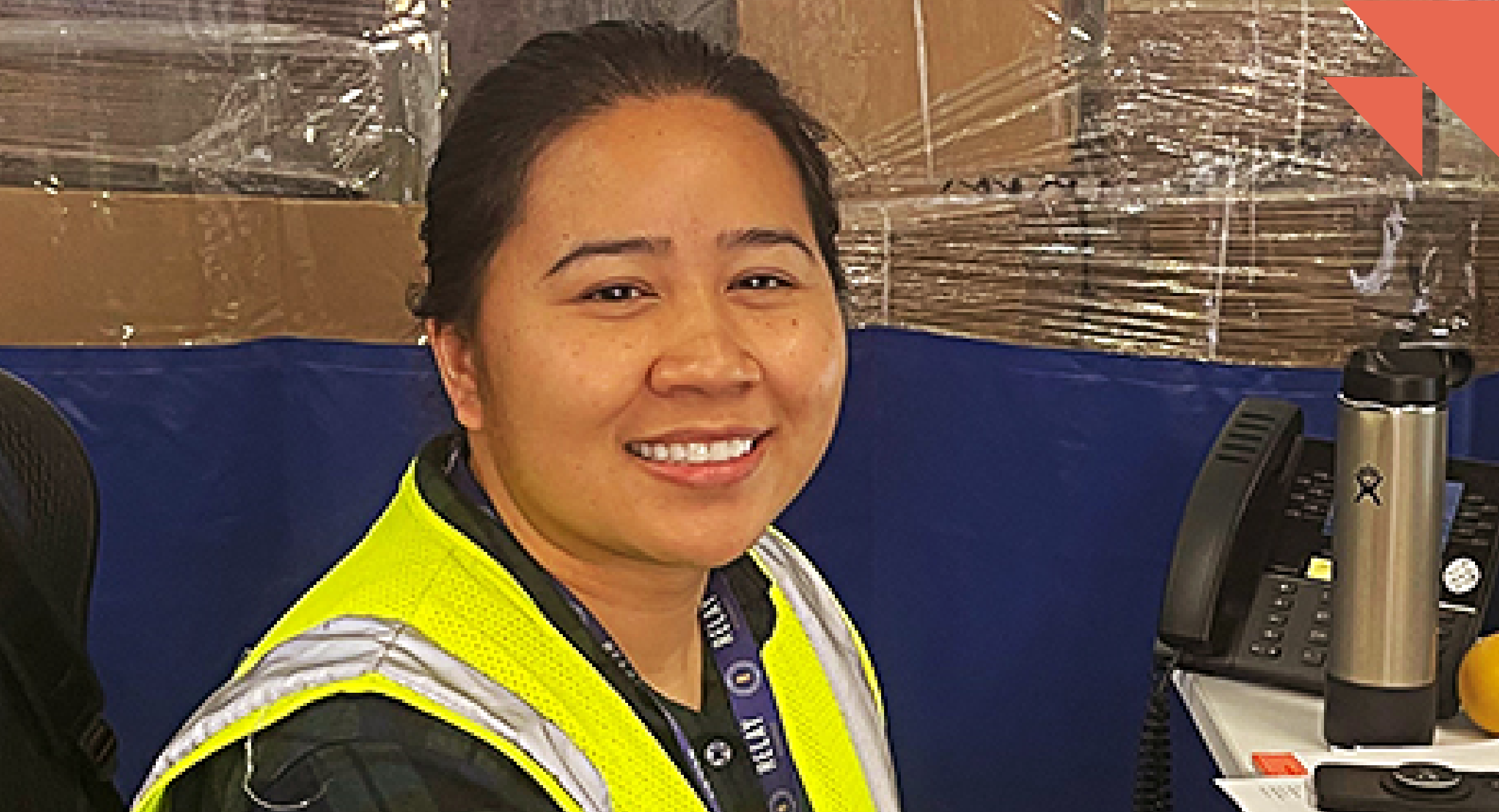4 Lessons Learned from the First abilIT Cohort
In summer 2025, Relay Resources welcomed the first cohort of our new abilIT program. Developed in partnership with Melwood—one of the country’s top...

 Relay Resources
:
Nov 11, 2025 12:00:00 AM
Relay Resources
:
Nov 11, 2025 12:00:00 AM
In honor of Veterans Day, we look at the contributions of disabled veterans to the workforce.
This week we celebrate Veterans Day, a federal holiday commemorating military veterans both past and present for their service to the United States. Many veterans are also disabled, having acquired disabilities during or after their service. These may include physical disabilities as well as nonapparent disabilities and mental health conditions like PTSD, anxiety, depression, and substance abuse.
At Relay Resources, we are proud to employ disabled veterans throughout our social enterprises, and to offer programs like abilIT to provide new avenues of employment.
In this blog, you will hear from Relay team members who are veterans as they share how their military experiences have shaped their approach to work—and what inclusion looks like in action. We will also share practical ways employers can create more inclusive workplaces where disabled veterans can thrive.
Veterans played a key role in advocating for employment, legislation, and benefits for disabled service members, starting after World War I and gaining further momentum during the Civil Rights era. While progress has been made, the transition from military to civilian life can present barriers. For many veterans, finding belonging, purpose, and understanding in the workplace takes time—and employers play a key role in making that transition easier.
LeJon Butler, director of janitorial services at Relay Resources, has spent years advocating for veterans, particularly disabled veterans and people experiencing homelessness. He says one of the biggest barriers veterans face is stigma.
“There is a stigma that still exists that veterans are ‘broken,’” LeJon explains. “Additionally, most organizations and recruiting firms do not understand how to translate military experience into civilian roles. Often, veterans are overqualified for roles that they are not even given a chance on.”
LeJon says that the values that guided him in the military—service, teamwork, and purpose—are the same ones that motivate his work today.
“I am driven by service: to my employees, my peers, and my community,” he says. “I’ve spent many years advocating for veterans, especially those with disabilities. I relocated here [to Portland] for this job [at Relay] because it combines my passion for service with my career.”
Kay Penny, human resources business partner consultant with Relay Resources, spent 10 years of active duty in the Army, including a year and a half in the Army Reserve. She agrees that inclusion begins with understanding.
“Invisible disabilities—such as PTSD, traumatic brain injuries, chronic anxiety, or neurodivergence—don’t always present in obvious ways,” Kay says. “Because of that, many veterans are misunderstood or mislabeled as ‘difficult,’ ‘unpredictable,’ or ‘not a good fit,’ when the reality is that we’re navigating conditions we learned to manage in high-stress environments that most people will never experience.”
Kay adds, “We bring strengths shaped by service—but we may need environments that value clarity, psychological safety, and structure. That’s not ‘special treatment.’ That’s inclusion.”
Alfred Vendrell, service center specialist at Relay Resources, puts it this way: “Disability doesn't define capability. Many veterans struggle with invisible disabilities, such as PTSD, anxiety disorder, and depression. Veterans also don't want to be pitied; they want real opportunity, employment, purpose, and inclusion. These things go a long way in supporting reintegration into civilian life.”

We at Relay Resources are devoted to advancing disability inclusion in the workplace—because organizations are stronger when everyone is included.
“Relay has been different,” Kay says. “Here, I don’t feel like I have to prove that my disability is ‘real’ or justify why I need certain supports. Instead, the culture asks, ‘What do you need to thrive?’ And that makes all the difference. We don’t do the work alone; we build systems, processes, and solutions together. When one person succeeds, the whole team succeeds.”
She adds, “Veterans often hesitate to ask for help because we were trained to push through. But thriving shouldn’t require suffering. When workplaces normalize accommodations and inclusive practices, veterans feel safe enough to be honest about what they need—and that honesty leads to better performance, stronger teams, and more meaningful engagement.”
Here are some tips for how to effectively include disabled veterans in your workforce:
As LeJon reminds us, “Some of the most committed and loyal employees come from the veteran and disability community.”
Let’s continue to honor veterans, not only through words, but also through workplaces that value, include, and empower them.
Veteran Resources:
Job Accommodation Network: A to Z: Veterans and Service Members
Our Work — Heart and Armor Foundation
Department of Labor: https://www.dol.gov/agencies/vets/disabled-veterans
Note: If you are a disabled veteran who wants to start your own company, there are resources and business opportunities for you. Here is the information from the state on veteran-owned business in Oregon.

In summer 2025, Relay Resources welcomed the first cohort of our new abilIT program. Developed in partnership with Melwood—one of the country’s top...
.png)
There are approximately 350,000 unfilled positions in the U.S. tech industry, and demand for entry-level tech staff remains high. At the same time, ...

Sophan began working for Relay back in July of 2019 as a Production Lead for our Food Packaging team, and within a little over a month, due to its...